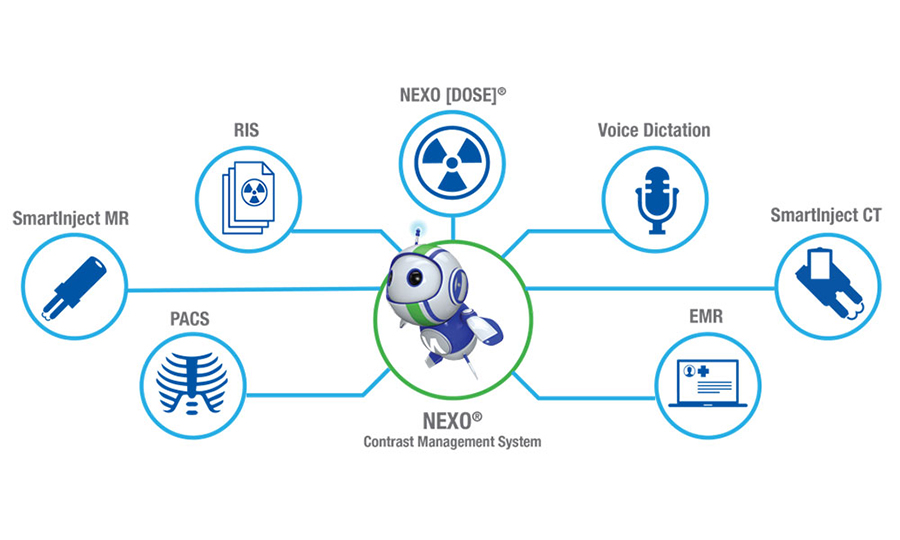Big Data Supports Best Practices in CT Imaging
The term “Big data” describes complex datasets, including those from medical imaging procedures, that are difficult to analyze using traditional methods. Yet, evaluating data collected from imaging examinations at this aggregate level can significantly improve patient care by driving standardization, ensuring safety, and improving diagnostic accuracy. Combined with artificial intelligence and machine learning capabilities, all this data can further streamline operational workflow.
One area where data collection efforts have proved useful is in CT contrast and radiation protocol management. Radiology enterprises commonly manage many CT imaging protocols, each containing numerous technical parameters tailored to specific diagnostic purposes or scanner models. But the constant need for protocol changes, combined with broad fleets of machines located throughout large healthcare networks, makes protocol management a daunting task.
In recent years, integrated, server-based software solutions have been developed to support protocol management efforts. At a recent expert panel meeting, Daniele Marin, MD, medical director of the Multi-Dimensional Image Processing Laboratory at Duke University School of Medicine, described his institution’s success with Bracco’s SmartInject Technology, powered by the NEXO® Contrast Management Solution.
“We recently implemented this software, which has been advantageous because of its ability to integrate at multiple levels. It communicates with injectors in CT and MR, as well as with PACS, RIS, and EMR systems,” Dr. Marin said.
“We can collect information about a specific patient from our EMR system and send it to the NEXO server, and we can collect injection protocol information from a particular patient at the point of care. Our institution is fairly complex, with multiple sites and numerous scanners, and this has helped us overcome many challenges with protocol management.”
|
NEXO® Contrast Management Solution features a multi-injector control with seamless connectivity for smoother workflow, easy access to patient past records, protocol management for centralized, standardized quality and compliance, and key performance indicators for tracking and analyzing metrics.
More information available at: Bracco Diagnostics Inc. |
Ryan Lee, MD, section chief of Neuroradiology and Vice Chair of Safety and Quality at Einstein Healthcare Network, agreed that there are numerous benefits to implementing an integrated data management system, including the ability to access radiation dose and contrast injection protocols.
“Having one integrated software solution that looks at radiation and contrast, instead of two, could be very valuable because you could retrospectively look at the data together and potentially that would accelerate how these software solutions work,” said Dr. Lee.
The advantages of data collection software extend beyond multi-system integration, Dr. Marin notes. “I think it has benefited us from a quality standpoint. We are more consistent in the way we implement protocols at different sites. Duke is moving toward freestanding imaging facilities in the area. It would be hard to control and ensure consistency if you don't have a system that can help you with that,” he said.
Prior to implementing the NEXO solution, protocol modifications and rollouts were performed manually by chief technologists at each scanner. “The fact that you can do it remotely, from a time-saving standpoint, is huge. It also minimizes the potential risk for errors,” Dr. Marin emphasized.
At New York University Langone Health, Emilio Vega, manager of CT Quality and Safety, believes one of the most useful features of data collection software is the ability to refer to the information after completion of an examination. Click to view the video and learn more.
The future of big data collection is promising, and radiology departments are well-positioned to take advantage of emerging techniques by virtue of their robust technological infrastructure. “There is no question that big data is going to be the future,” Dr. Marin noted. “The growth rate of this technology in medicine is outpacing that of a lot of other areas of our society. So, we will see more and more of this big data in radiology moving forward. Click to view the video and learn more.”

